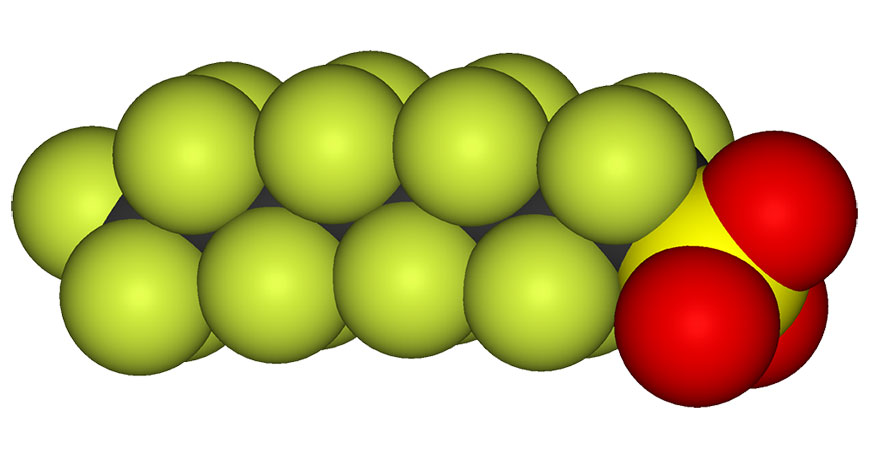
Perfluoroalkyl and polyfluoroalkyl substances (PFAS) are human-made chemicals that for decades have been used in a variety of products, including food packaging materials, nonstick cookware, furniture, carpets and firefighting foams. However, research has shown that these substances can contaminate the environment and affect people's health.
A new report provides recommendations of standardized methods for sampling, extracting and analyzing PFAS in air, soil and dust with the goal of protecting public health in California.
Public health Professor Asa Bradman was the lead researcher on the study, which was sponsored by the California Air Resources Board. According to the report, substitute PFASs are still being used after perfluorooctanoic acid (PFOA) and perfluorooctanesulfonic acid (PFOS) were voluntarily phased out by U.S. manufacturers in the early 2000s due to environmental and human health concerns. This continued use coupled with the highly persistent nature and mobility of these compounds has resulted in ongoing environmental PFAS contamination and human exposure throughout the state. The compounds may be airborne, settle into dust and soil or be present in drinking water.
"These 'forever chemicals,' which are associated with thyroid disease, high cholesterol, cancer and other health problems, do not break down and virtually all Californians have them in their bodies," said Bradman.
Researchers reviewed prior findings on methods for measuring PFASs, compared their strengths and weaknesses and determined their adaptability for volatile and less-volatile PFASs. Extensive quality assurance and quality control sample analyses are recommended, as well as new studies monitoring PFASs and PFAS precursors in rainwater, which could provide a novel indicator of emissions and deposition in the environment.
The report also recommends that monitoring PFASs in indoor and outdoor air is needed and should be performed in both occupational and non-occupational environments to assess how much exposure from PFASs is from air compared with other major pathways such as eating food and drinking water. Because PFASs can be transported very easily, researchers recommend that outdoor air monitoring should also be conducted in urban, rural and undeveloped areas.
"The state of California is developing programs to regulate these chemicals in drinking water, where they are commonly found, but little work has been done to understand exposures from air and also long-range transport into California wilderness and parks," said Bradman. "Our review points to the need for research to understand and limit PFAS exposures from air and their possible impacts on the mountain watersheds that provide our drinking water."






